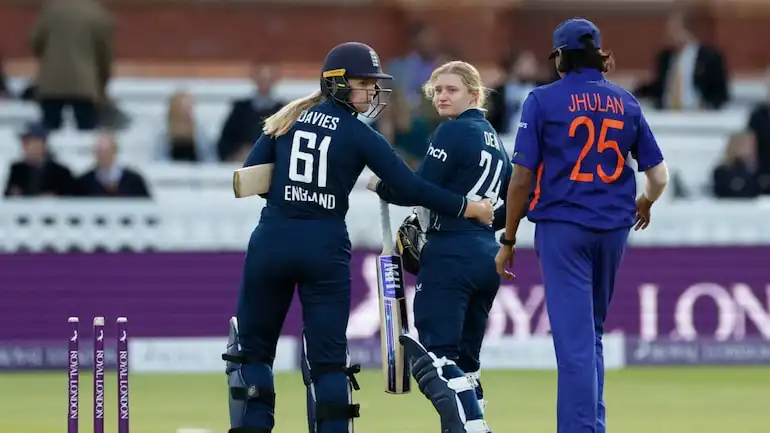 Charlotte Dean was run out by Deepti Sharma using the Mankad law (PC: Twitter)
Charlotte Dean was run out by Deepti Sharma using the Mankad law (PC: Twitter)
If only Deepti Sharma had waited just a few more days, her Mankad dismissal of Kate Cross would have been formally moved from the category of “unfair play” to “run out”, under the new ICC playing conditions which come into effect from October 1st. This change is one of a number announced by the ICC, the objective for which, I can only assume, is to speed the game up, make it fairer, or make it more entertaining. Whether Sourav Ganguly and his ICC Committee have achieved that is open to question, overturning in some cases many years of history. Here is a quick look at those new rules and some of the stories that lie behind the soon to be updated previous versions.
1. Batters returning when caught: When a batter is out caught, the new batter will come in at the end the striker was, regardless of whether the batters crossed prior to the catch being taken.
Put simply, whether the batsmen crossed no longer matters. I can’t see that that this will save time or increase entertainment, but it may be considered a simplification. It might take non strikers and incoming batsmen time to adapt though. The first Laws of cricket were published as a code in 1744. The batsmen crossing law has been there for over one hundred years and in over 50 years of playing and watching I’ve yet to meet anyone who is confused by the law as it was.




